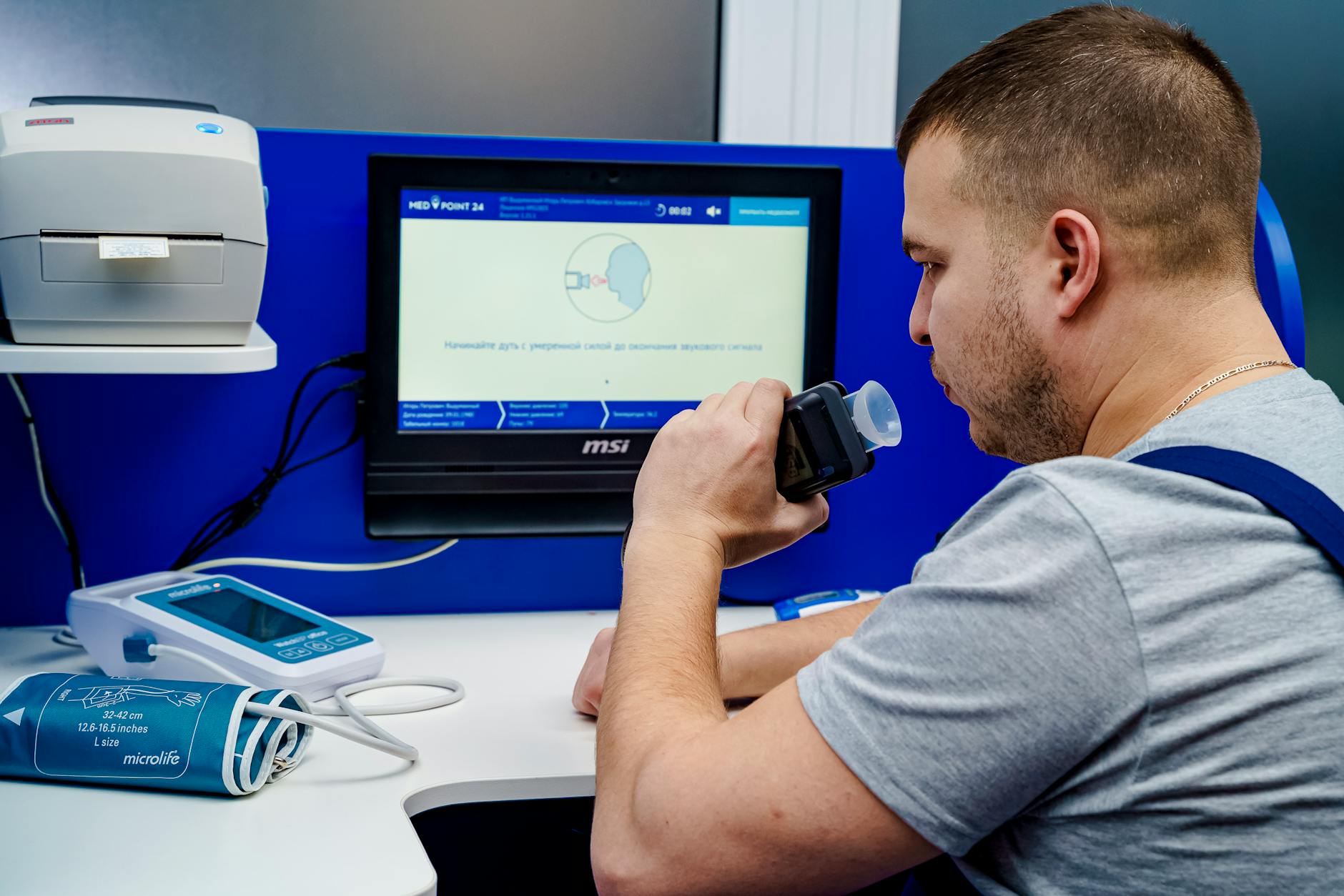Discover the surprising answer to the age-old question: just how many beers does it really take to get drunk?
Table of Contents
When it comes to drinking alcohol, one of the most common questions people ask is: how many beers does it take to get drunk? The answer to this question is complex and varies from person to person. In this blog post, we will delve deep into the science behind alcohol metabolism, individual tolerance levels, and various factors that can influence intoxication.
Understanding Alcohol Metabolism
Alcohol metabolism is a complex process that begins as soon as you take your first sip. When alcohol enters your body, it is quickly absorbed into the bloodstream through the stomach and small intestine. From there, it is metabolized by the liver, where the majority of alcohol is broken down.
Factors such as age, weight, and gender can all play a role in how quickly your body metabolizes alcohol. Generally, younger individuals tend to metabolize alcohol faster than older individuals. Additionally, people with higher body weight may be able to process alcohol more quickly than those who are lighter. Gender also plays a role, as women tend to have a higher blood alcohol concentration (BAC) after consuming the same amount of alcohol as men due to differences in body composition and enzyme levels.
It is crucial to understand your own body’s alcohol metabolism rate and how it can be influenced by various factors. By being aware of your own metabolism, you can make more informed decisions about your alcohol consumption and reduce the risk of becoming dangerously intoxicated.
Individual Tolerance Levels
Individual tolerance to alcohol varies widely from person to person. Some people may feel the effects of alcohol after just one drink, while others may be able to consume several drinks before feeling drunk. Genetics, age, diet, and overall health can all impact a person’s tolerance level to alcohol.
For example, individuals with a family history of alcoholism may have a lower tolerance to alcohol and be more susceptible to becoming addicted. Additionally, older adults tend to have a lower tolerance to alcohol as the body’s ability to metabolize alcohol decreases with age. Diet can also play a role, as individuals who consume high-fat meals before drinking may feel the effects of alcohol more quickly.
Understanding and respecting your own tolerance level is essential for responsible drinking. By knowing your limits and listening to your body, you can avoid the negative consequences of excessive alcohol consumption and make safer choices when it comes to drinking.
Factors Influencing Intoxication
Intoxication is influenced by a variety of factors beyond just the number of drinks consumed. Mixing alcohol with other substances, such as medications or illicit drugs, can greatly increase the risk of negative effects and lead to dangerous levels of intoxication. It is important to be aware of the interactions between alcohol and other substances and to avoid mixing them.

Image courtesy of www.joinreframeapp.com via Google Images
Additionally, drinking on an empty stomach can lead to faster absorption of alcohol into the bloodstream, resulting in quicker intoxication. It is recommended to eat a meal or snack before drinking to help slow down the absorption of alcohol and reduce the risk of becoming drunk quickly.
Ultimately, responsible drinking involves understanding the various factors that can influence intoxication and taking steps to mitigate risks. By knowing your own limits, respecting your body’s tolerance level, and making informed choices about alcohol consumption, you can enjoy drinking in a safe and responsible manner.
Conclusion
In conclusion, the question of how many beers it takes to get drunk is not a simple one. Alcohol metabolism, individual tolerance levels, and various factors influencing intoxication all play a role in determining how alcohol affects each person differently.
It is important to educate yourself on the science behind alcohol consumption, know your own limits, and make responsible choices when it comes to drinking. By understanding the complexities of alcohol metabolism and intoxication, you can enjoy alcohol in moderation while minimizing the risks associated with excessive consumption.
We encourage our readers to share their thoughts and experiences on this topic in the comments section below. Remember, drinking responsibly is not only about knowing your limits but also about taking care of yourself and those around you.
How does alcohol metabolism vary between individuals?
Alcohol metabolism differs based on factors like age, weight, and gender. Younger individuals tend to metabolize alcohol faster, while women may have a higher BAC than men after consuming the same amount due to body composition differences.
What role does tolerance play in alcohol consumption?
Tolerance varies among individuals based on genetics, age, and health. Those with a family history of alcoholism or older adults may have lower tolerance levels. Understanding and respecting your tolerance is crucial for responsible drinking.
Can mixing alcohol with other substances affect intoxication?
Yes, mixing alcohol with medications or drugs can increase intoxication risks. Be cautious of interactions for safer alcohol consumption.
How can one reduce the risk of quick intoxication?
Eating before drinking slows alcohol absorption, helping to reduce the risk of quick intoxication. Stay informed about factors influencing intoxication for safer drinking practices.
Generated by Texta.ai Blog Automation


Leave a Reply